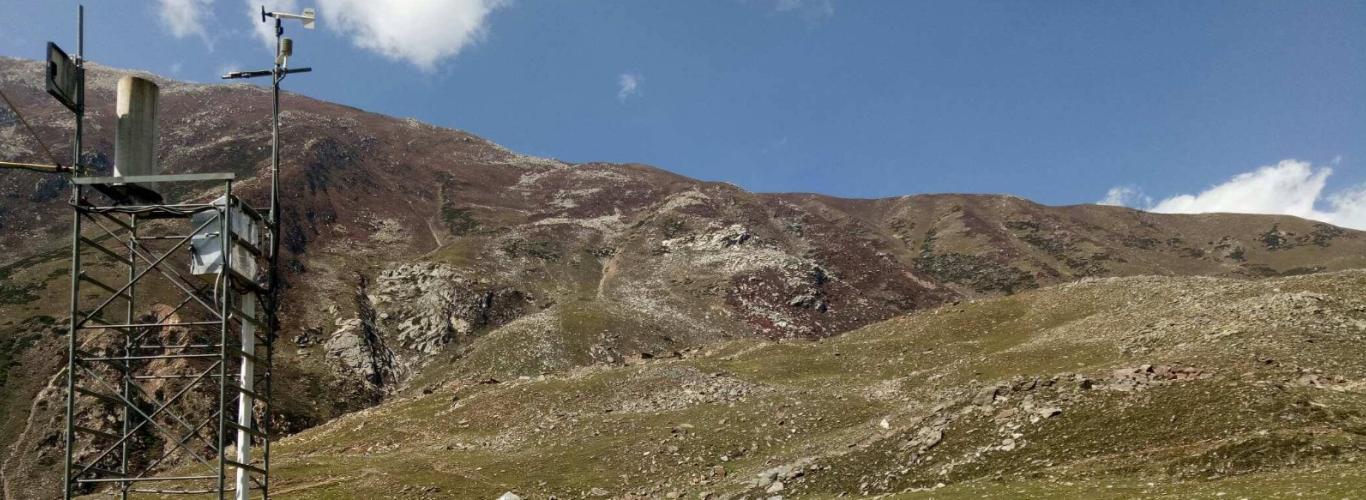WIT and GMRC Collaborate to Strengthen Climate Monitoring at Lake Saiful Muluk
As part of an ongoing collaboration with the Water and Power Development Authority (WAPDA), the Centre for Water Informatics and Technology (WIT) at LUMS and the Glacier Monitoring Research Centre (GMRC) have successfully deployed a state-of-the-art weather station at Lake Saiful Muluk. The initiative marks another milestone in WIT’s efforts to advance climate monitoring and data-driven environmental management in Pakistan’s northern regions.
Led by Mr. Zahoor, Senior Electronics Engineer at WIT, the deployment team successfully installed, calibrated, and tested the new weather station at high altitude. This installation builds upon the earlier deployment at Shangla, extending WIT’s growing network of automated weather monitoring systems across the country.
The multi-purpose weather station is designed to monitor a wide range of environmental parameters, including snow depth, atmospheric pressure, soil moisture, and precipitation. It is also equipped with a radar system for enhanced accuracy and employs GPRS and GSM technologies to transmit real-time data to central servers. This continuous stream of information is crucial for monitoring environmental changes and assessing potential climate risks.

|
Notably, the new weather station complements the existing GMRC installation at Saiful Muluk. Unlike its predecessor, this version incorporates Global System for Mobile Communications (GSM), which enables instant and uninterrupted data transmission. The integration of GSM allows for real-time cross-verification of data with GMRC’s existing system, improving accuracy and enabling early detection of calibration issues or anomalies.
Given Pakistan’s growing vulnerability to climate change, such monitoring infrastructure plays a vital role in understanding freshwater availability, glacier dynamics, and predicting potential Glacial Lake Outburst Floods (GLOFs). Reliable, high-resolution climate data from these weather stations can significantly enhance early warning systems, guide policymaking, and support adaptive management of water resources. With glaciers in the northern areas melting at unprecedented rates, the establishment of automated stations like this one is not only timely but also essential for safeguarding communities and ecosystems downstream.
Deploying equipment in such challenging high-altitude terrain, however, was no easy feat. Mr. Umer Zeb, Field Assistant at WIT, shared that the harsh weather and difficult topography at Saiful Muluk made installation a demanding task. “Designing a resilient structure that could support the weather station and withstand extreme temperatures and heavy snowfall required extensive preparation,” he noted. The team transported all necessary equipment from Mansehra, navigating rugged roads and unpredictable weather to ensure a successful setup.

|
The successful deployment at Lake Saiful Muluk underscores WIT’s commitment to advancing scientific research and fostering partnerships that strengthen Pakistan’s climate resilience. Expanding such initiatives to other glacier-fed basins will be critical in ensuring long-term environmental monitoring, water security, and disaster preparedness across the country.





